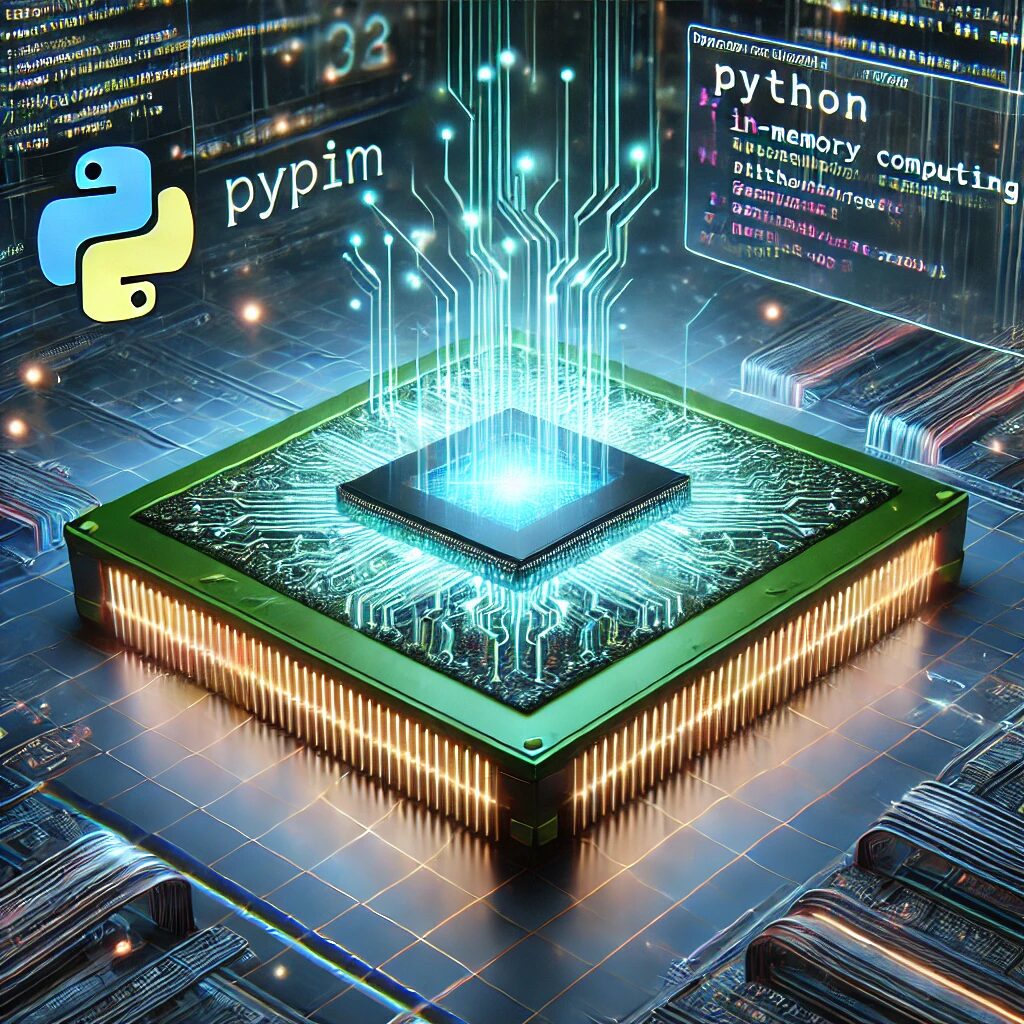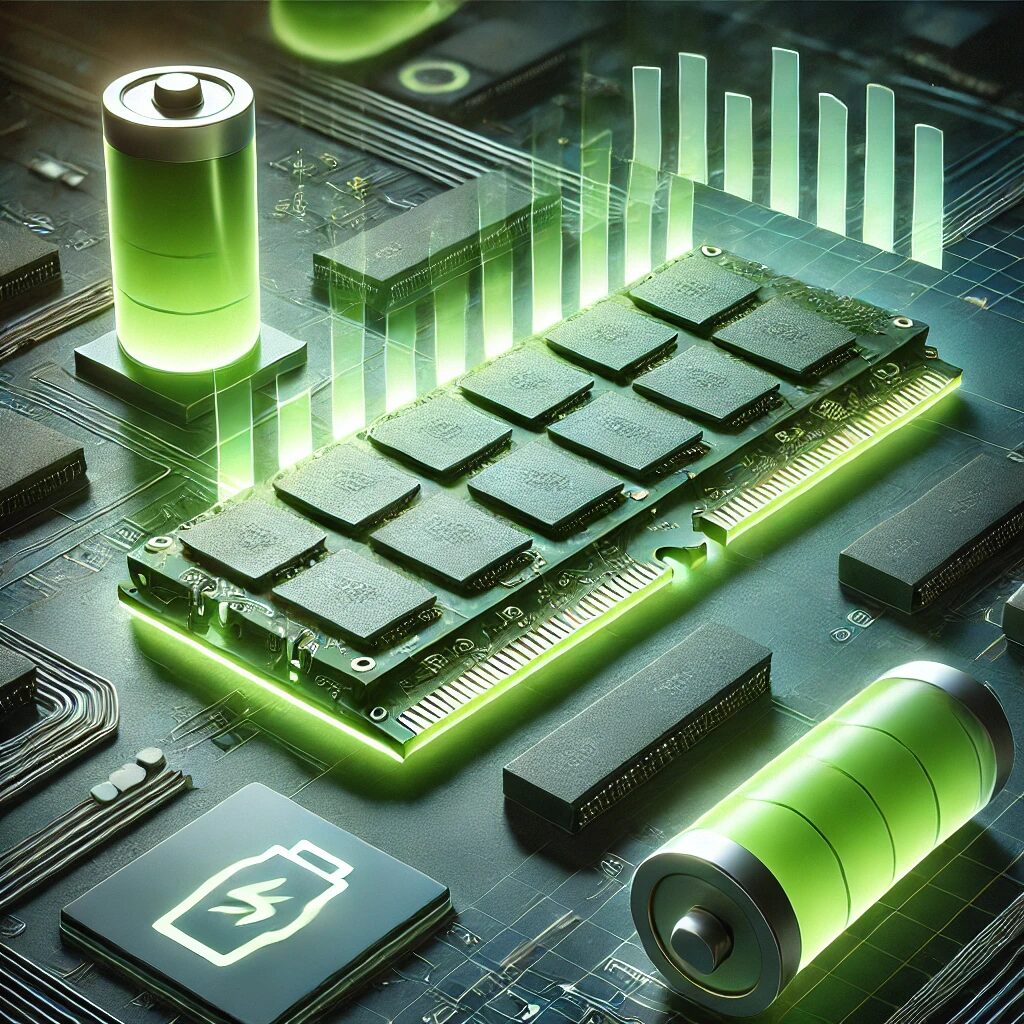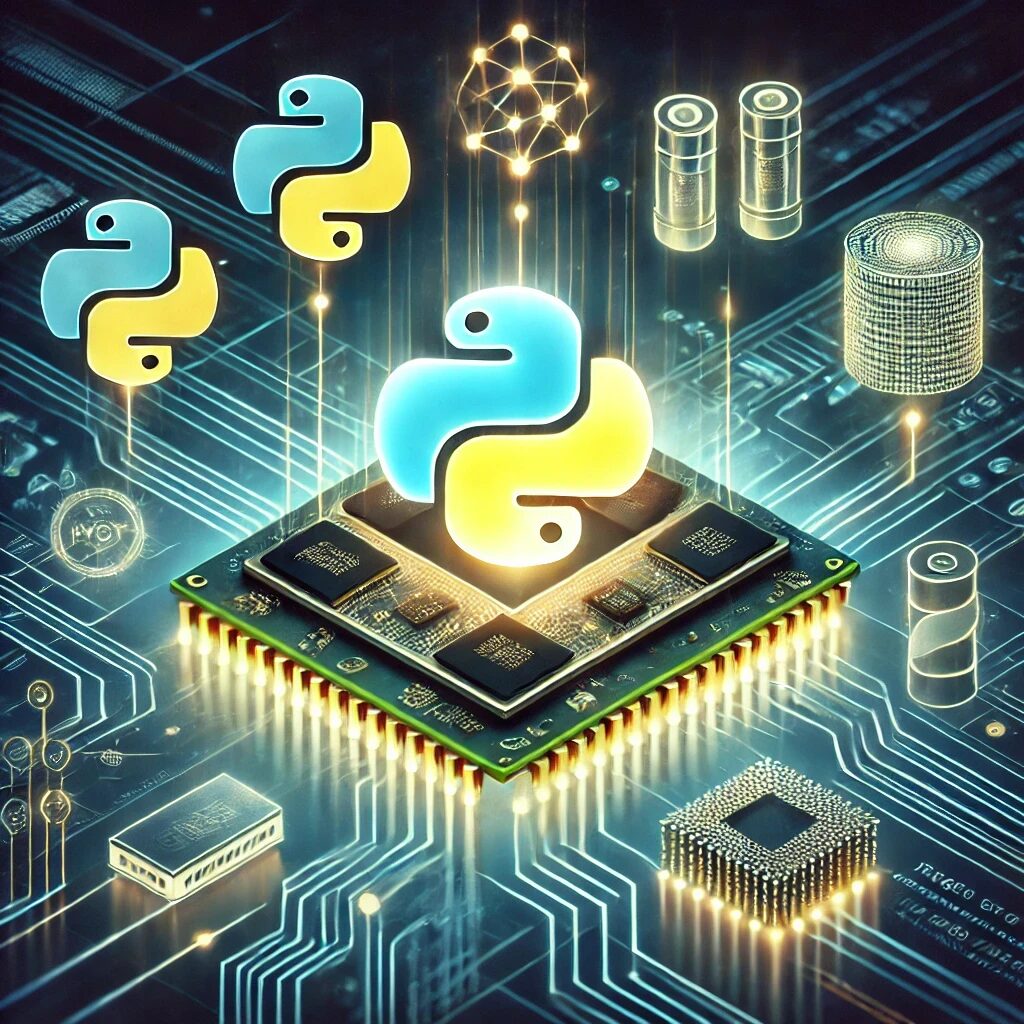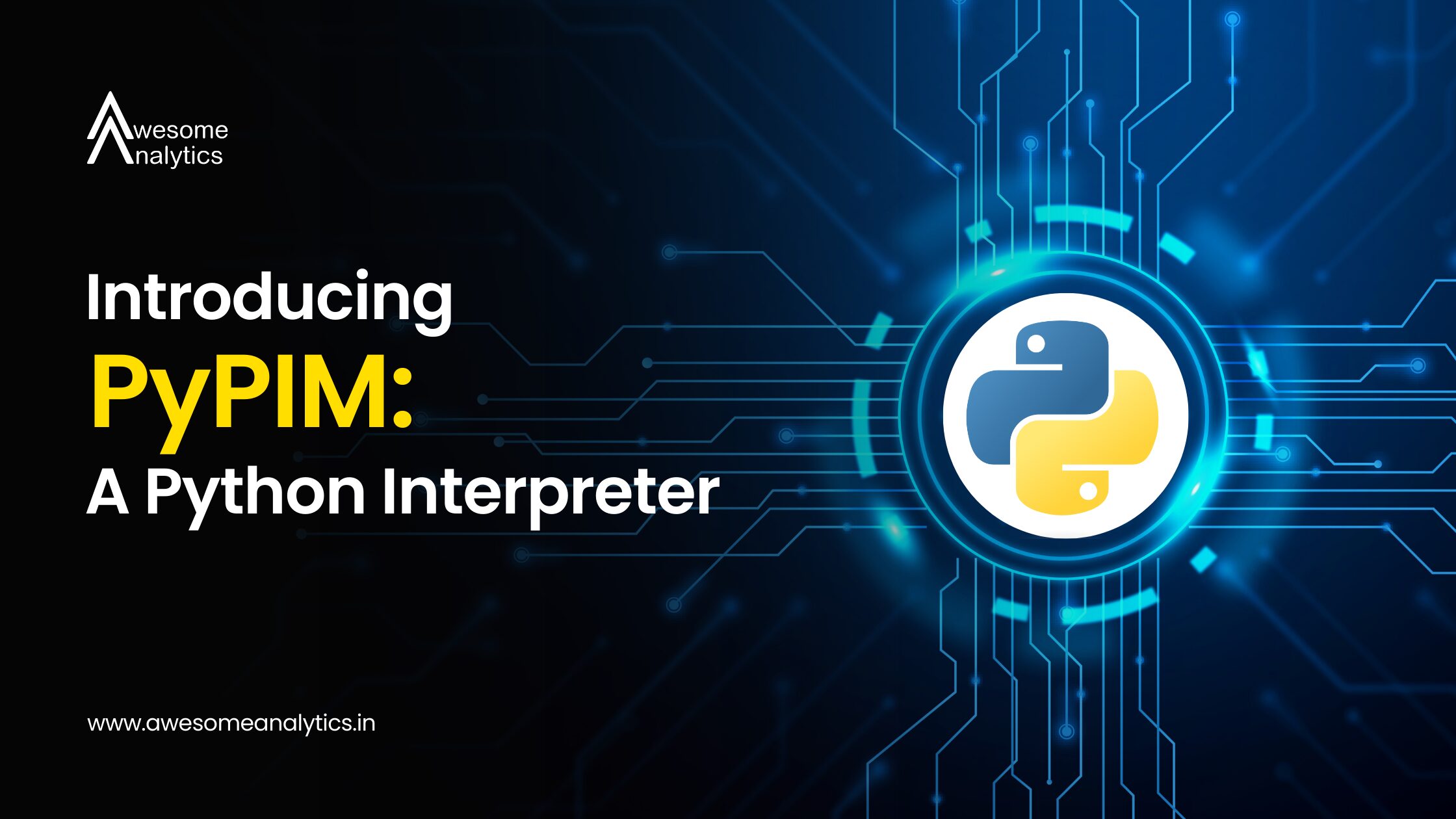
Understanding In-Memory Computing
Traditional computing architectures operate on the von Neumann model, where the processor executes instructions and accesses data stored in separate memory units. This separation often leads to the "memory wall problem," characterized by latency and energy inefficiencies due to constant data transfer between the processor and memory.
In-memory computing addresses this issue by performing computations directly within the memory hardware, thereby reducing data movement and enhancing performance.
The Role of PyPIM
PyPIM serves as a bridge between high-level programming and in-memory computing architectures. It translates Python code into machine-level instructions that execute directly within memory modules.
This approach allows developers to leverage the simplicity and readability of Python while benefiting from the speed and energy efficiency of in-memory computations.
Advantages of PyPIM
- Energy Efficiency: By minimizing data transfer between the processor and memory, PyPIM reduces energy consumption, making it ideal for energy-sensitive applications.
- Performance Enhancement: Executing computations within memory modules decreases latency, resulting in faster data processing.
- Simplified Development: Developers can write code in Python, a widely-used and user-friendly language, without needing to learn new programming paradigms specific to in-memory computing.
Potential Applications
The integration of PyPIM into various fields could revolutionize computational practices:
- Artificial Intelligence and Machine Learning: In-memory computing can accelerate data-intensive tasks, enhancing the performance of AI models.
- Bioinformatics: Processing large genomic datasets directly in memory can expedite research and discoveries.
- Financial Analytics: Real-time data analysis becomes more feasible, aiding in rapid decision-making processes.


How PyPIM Could Transform the Python Ecosystem
PyPIM not only represents a technological breakthrough but also has the potential to significantly impact Python developers and how they approach coding:
1. Optimizing Python for Hardware Efficiency
Python is often criticized for being slower than compiled languages like C or Java due to its interpreted nature. PyPIM could shift this narrative by allowing developers to run Python code directly in memory, potentially narrowing the performance gap and making Python suitable for hardware-optimized environments.
2. Revolutionizing Edge Computing and IoT
In-memory computing is well-suited for low-power devices like IoT sensors and edge computing nodes. PyPIM’s ability to run Python efficiently on such devices could make Python a dominant language in these areas, simplifying development workflows while delivering higher performance.
3. Broadening Python's Accessibility
By enabling developers to interact with memory-based computing through familiar Python constructs, PyPIM reduces the barrier to entry for adopting advanced computational techniques. This democratization can spur innovation across domains such as data science, AI, and systems engineering.
4. Integrating with Python Libraries
PyPIM's development raises exciting possibilities for integrating with popular Python libraries like NumPy, Pandas, and TensorFlow. Imagine running matrix computations or machine learning models directly in memory for unparalleled speed and efficiency—without rewriting code for compatibility.
Conclusion
PyPIM is more than just an academic breakthrough; it is a glimpse into a future where Python becomes faster, more efficient, and even more relevant in hardware-optimized and resource-constrained environments.
Some key takeaways include:
- Improved Performance: PyPIM could address Python's traditional speed limitations by executing code directly in memory.
- Versatility for IoT and Edge Devices: This innovation paves the way for Python’s adoption in cutting-edge fields.
- Easier Adoption of Advanced Computing: PyPIM empowers developers to utilize complex computational architectures without abandoning Python’s simplicity.
For Python enthusiasts, PyPIM represents an exciting frontier. It redefines how developers think about performance, hardware utilization, and what Python can achieve in the evolving world of computing.
Subscribe our newsletter to receive more tips and guides on navigating your career with Python.



